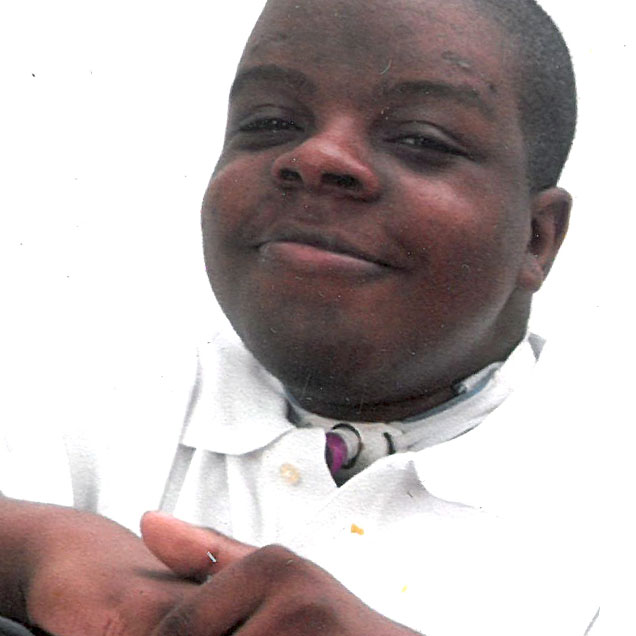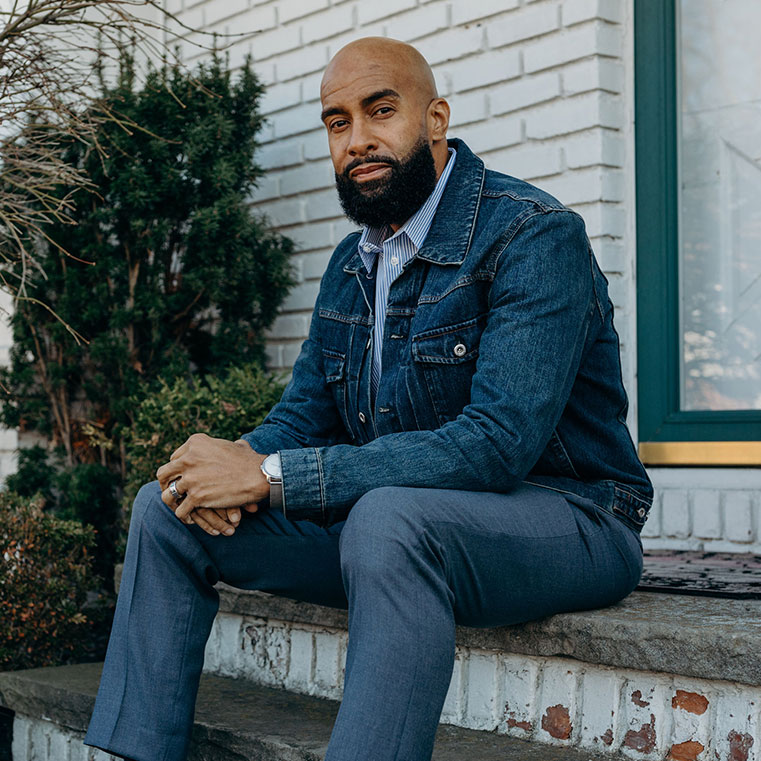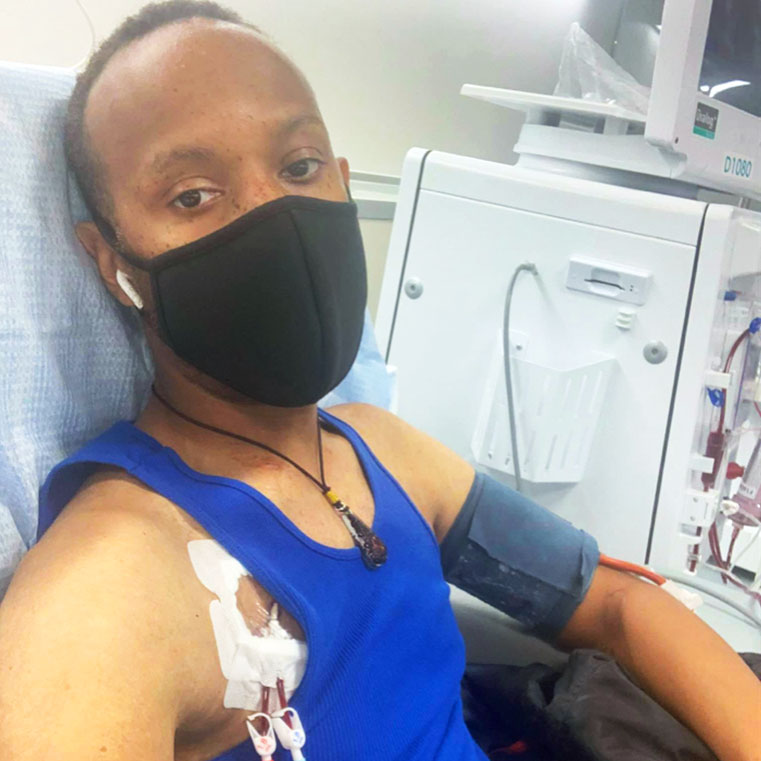How Donation Works
Have questions about how donation and transplantation works? We understand, donation is a complex process. The following information will help you make your donation decision. Here’s what you need to know.
Who can donate?
Lifebanc encourages everyone to register their donation. It does not matter what race, age, gender, gender identification, sexual orientation, or religious beliefs, you are still able to save and heal lives through organ, eye, and tissue donation.
Donors do not necessarily have to be registered on the Ohio Donor Registry to become a donor. For people that are not registered, a person’s next of kin will be asked to provide consent for donation to continue. However, registering on the Ohio Donor Registry ensures that your wishes to save and heal lives through organ, eye and tissue donation will be fulfilled!
Why do people wait for a transplant?
Not everyone who passes away can be an organ donor. In fact, only a very small percentage of people die in a way that allows for their organs to be recovered for transplant. Because organs must continue to receive blood to be viable for transplant, most organ donors are those who suffer a traumatic injury that leads to brain death.
There are less stringent criteria to donate tissue and corneas. However, most tissue donors must pass away in a hospital setting.
Individuals do not necessarily have to be registered on the Ohio Donor Registry to become a donor. For people that are not registered, the next of kin will be asked to provide consent for donation and a full medical-social history.
Finding matching recipients and supporting the family
Once a potential donor has been identified, the Lifebanc team works to run all the proper tests to determine which organs may be viable for transplant. The team also gets to work matching organs with potential recipients around the country using a national computer system managed by the United Network for Organ Sharing (UNOS). For tissue donors, a Lifebanc staff member will work with the family to obtain a full medical-social history to determine which life-saving tissues may be recovered.
As this process is playing out, a member of Lifebanc’s family support staff stays with the donor’s family. Their job is to provide support during this difficult time and to update the family about the donor’s care. They will stay with the family for the entirety of the process.
What can be donated?
One organ donor can save the lives of up to eight people. One organ, eye, and tissue donor can save and heal the lives of more than 75 men, women, and children. An organ donor can save the life of people who are experiencing end-stage organ failure of the heart, kidneys, liver, lungs, pancreas, and intestine.
Donated tissues are used by doctors to save and enhance the quality of peoples’ lives. Donated skin saves the lives of burn victims, corneas restore sight to the blind, bones save limbs from amputation and other tissues repair damaged tendons and cartilage.
Recovering the gifts
Once all necessary testing and matching are completed, Lifebanc coordinates a moment of silence to honor the donor’s incredible decision to give life to others. The team then works with transplant surgeons of recipients to carefully recover the organs in a setting that looks like any other surgery. An additional team recovers tissue.
Continuing support
After the successful recovery of a donor’s life-saving gifts, Lifebanc will coordinate any necessary arrangements with funeral homes to ensure the most efficient transfer of a donor’s body.
The donor’s family can choose to receive bereavement support services provided by Lifebanc at no cost. Once known, Lifebanc communicates the outcomes of each donor’s gifts in a manner that preserves privacy for both donors and recipients. Lifebanc then coordinates all correspondence between donor families and recipients and, when appropriate, provides contact information to the families.



